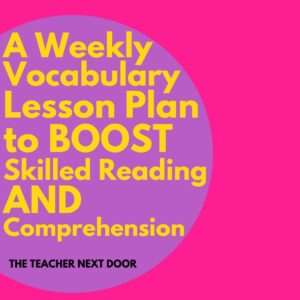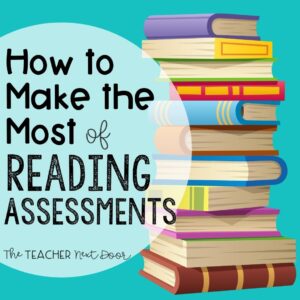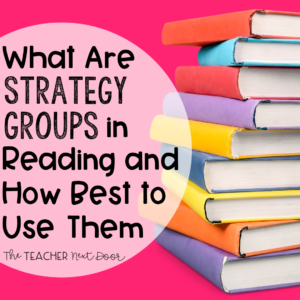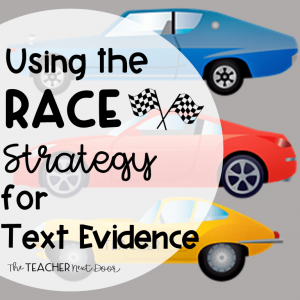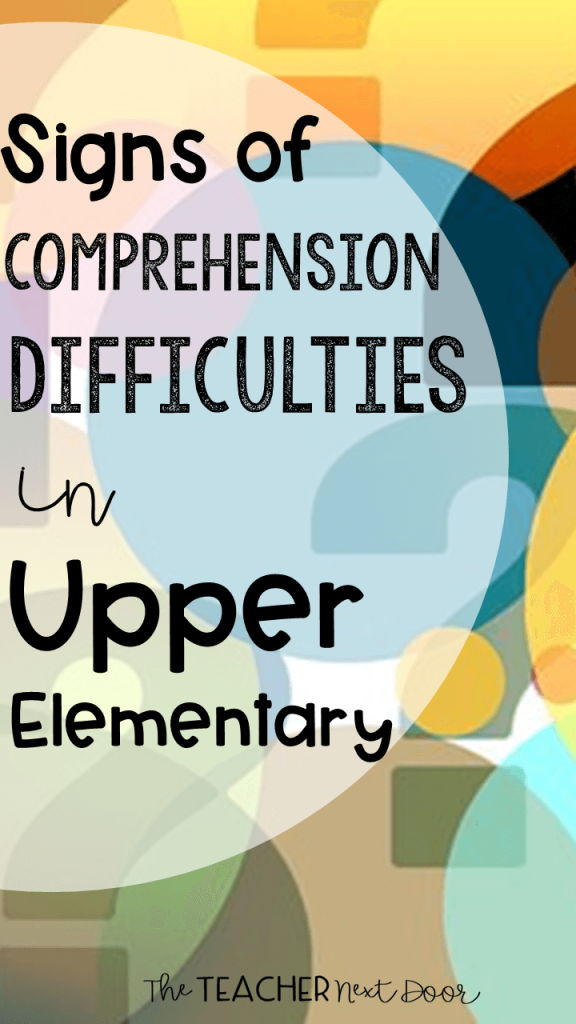
Reading Comprehension difficulties may happen at any grade level. Teachers in upper elementary may start to notice an increase however when students reach third grade.
In upper elementary, students are asked not just to read, but to read to learn.
Starting in third grade, students are given more complex texts to read and this can pose a problem for kids who don’t have the background knowledge or the vocabulary needed to comprehend more challenging text.
Upper elementary students are also asked to use much more complex reading skills than early elementary. In order to make inferences and predictions, to compare and contrast, and to find the theme, students definitely need to have strong reading comprehension strategies.
So, how do you know when a student is struggling to make meaning of the text?
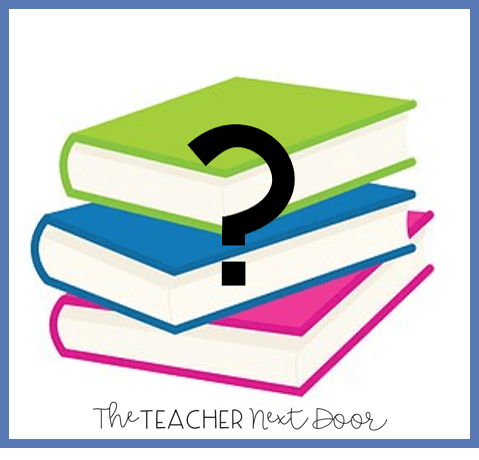
Here are some signs of reading comprehension difficulties:
1. Avoidance behaviors
When reading is difficult and it’s not seen as an enjoyable activity, it’s natural for children to try to avoid it.
2. Lack of concentration during reading
As text becomes more complex in upper elementary, students may become more easily distracted.
3. Lose interest or give up quickly
Students who are truly struggling are bound to see reading as boring or tedious, and often give up on a text, rather than suffer through it.
4. Confusion about word meaning or sentence meaning
Poor language skills (for English Language Learners and for native-born speakers alike) and weak comprehension monitoring might contribute to this difficulty.
5. Can’t connect the ideas in a passage
Students who are focusing on decoding skills are usually not able to construct meaning because their attention is on the little picture (decoding), rather than the big picture (overall comprehension).
6. Can’t distinguish significant information from minor details
With so much effort expended to “get through” the text, often times the passage’s meaning is lost.
7. Can’t answer questions about what was just read
This happens when students may not have the language skills to understand the meaning of the story or decoding difficulties may have gotten in the way.
8. Can’t retell the story using a logical sequence
Struggling readers may remember parts of the story, but there are usually huge gaps in overall comprehension. This may be due to decoding exhaustion or that working memory is on overload from too much information processing.
When we notice kids showing one or more of these signs consistently, there are instructional strategies we can use to help students build their language, strengthen decoding, and increase comprehension monitoring skills. I’ll be outlining some solutions in another post.
To read more about reading comprehension in the upper grades, you might be interested in these posts:
The Best Reading Comprehension Strategies for Upper Elementary
Reading Comprehension Fix-Up Strategies for Upper Elementary
Using Think Alouds to Increase Comprehension in Upper Elementary
Also, if you’re looking for reading resources for 3rd – 5th which are time saving for teachers, aligned to key reading standards, and are engaging for kids, you might like to visit my TpT store.
Thanks for stopping by!



